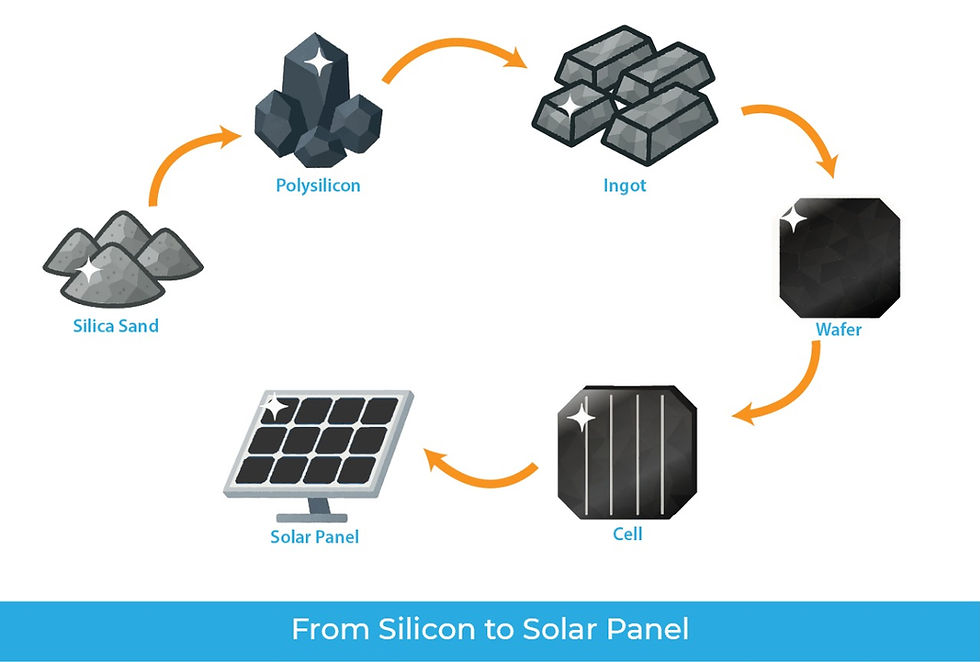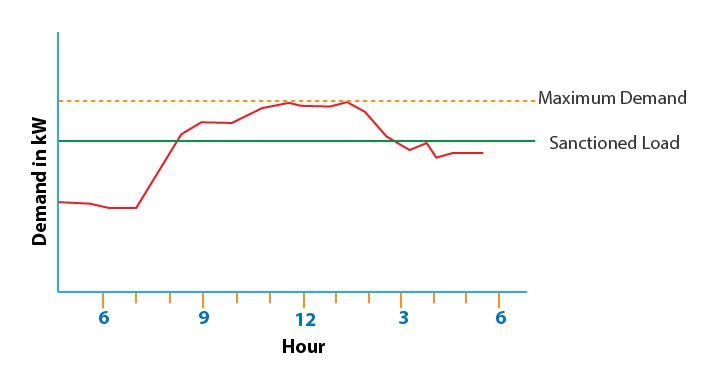How does a Bi-facial Solar PV Panel work?
- Hyde Source

- Jun 2, 2020
- 2 min read
Updated: Aug 8
Bifacial solar panels, as the name suggests, have cells on both the front and back faces of the panel that generate power.
Conventional solar PV modules capture sunlight on one front side. Bifacial solar modules’ dual-sided design enables power to be produced from both the back and the front, boosting total energy generated.

The front of each solar module is covered in protective glass. The back face may be glass or a transparent back sheet. Conventional solar panel systems have opaque back sheets. Bifacial modules come in framed and frameless designs.
How does a bifacial solar panel work?

The top solar cells of a bifacial solar panel system face the sun, so they capture incident sun rays directly, absorbing only specific wavelengths like a conventional solar panel.
The bottom solar cells absorb light that is reflected off the ground. This light is called albedo light. Albedo is a measure of how much light that hits a surface is reflected without being absorbed. Something closer to a white surface reflects most of the light that hits it and has a high albedo, while something that looks dark absorbs most of the light that hits it, indicating a low albedo.
Performance factors:
1. Higher the albedo of the reflecting surface, the higher the performance of the bifacial solar modules.

When bifacial modules are installed on a high albedo surface, some bifacial module manufacturers claim up to a 10-15% increase in production just from the extra power generated from the rear. It is difficult to estimate the exact increase in output as factors such as type and color of reflective surface, as the tilt angle varies from site to site.
2. Tilt Angle
The higher the tilt angle of the module, the more light will reach the backside, and the more energy they can produce.
In Homes with sloped roofs, as the panels are flush against the roof, the amount of light reaching the rear side is close to nil. Bifacial modules are recommended for elevated structures. In these scenarios, they can double up as a pergola or a canopy.
Pros:
1. The amount of energy bifacial modules can generate is amplified due to absorption from both sides. More power generated per square meter, the number of panels required is reduced, thereby reducing the structure requirement. The payback period is also reduced. One can expect between a 10-15% increase in production, with bifacial modules with the right site conditions.
2. These have an aesthetic value due to the transparency of the panels.
Cons:
1. Necessary care needs to be taken while installing frameless bifacial modules as overtight clamping of panels can damage the glass.
2. Quite expensive compared to mono facial Solar modules.
Don't wait to embrace solar savings! Contact us right away so we can understand your unique energy needs and design a customized solar solution perfect for your home or business. Let's power a cleaner, greener and better future together!




